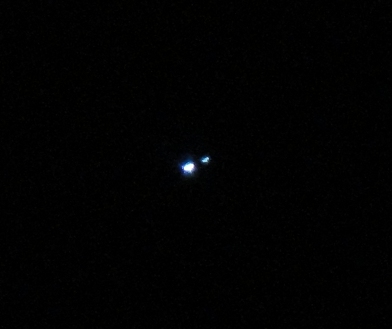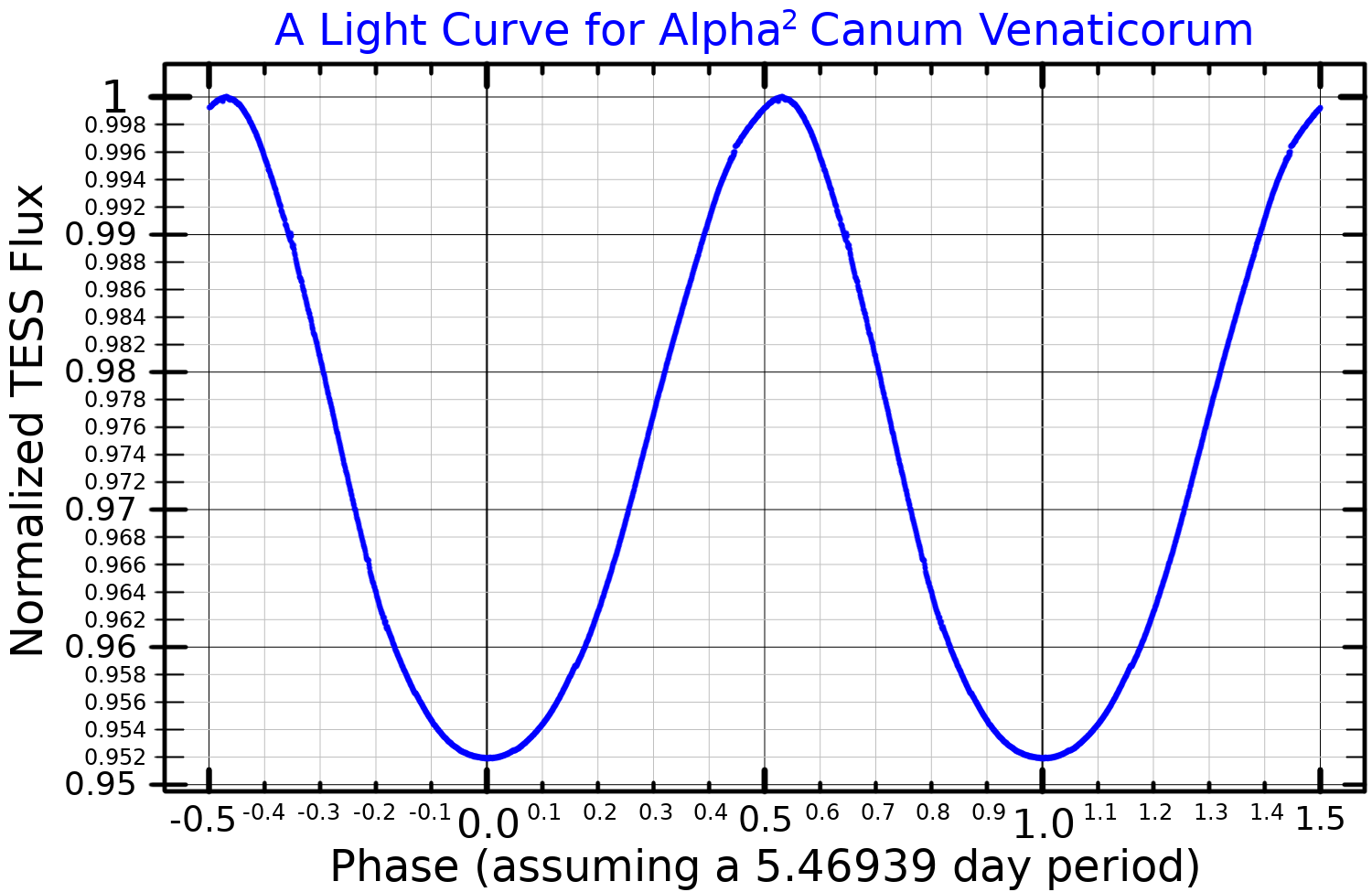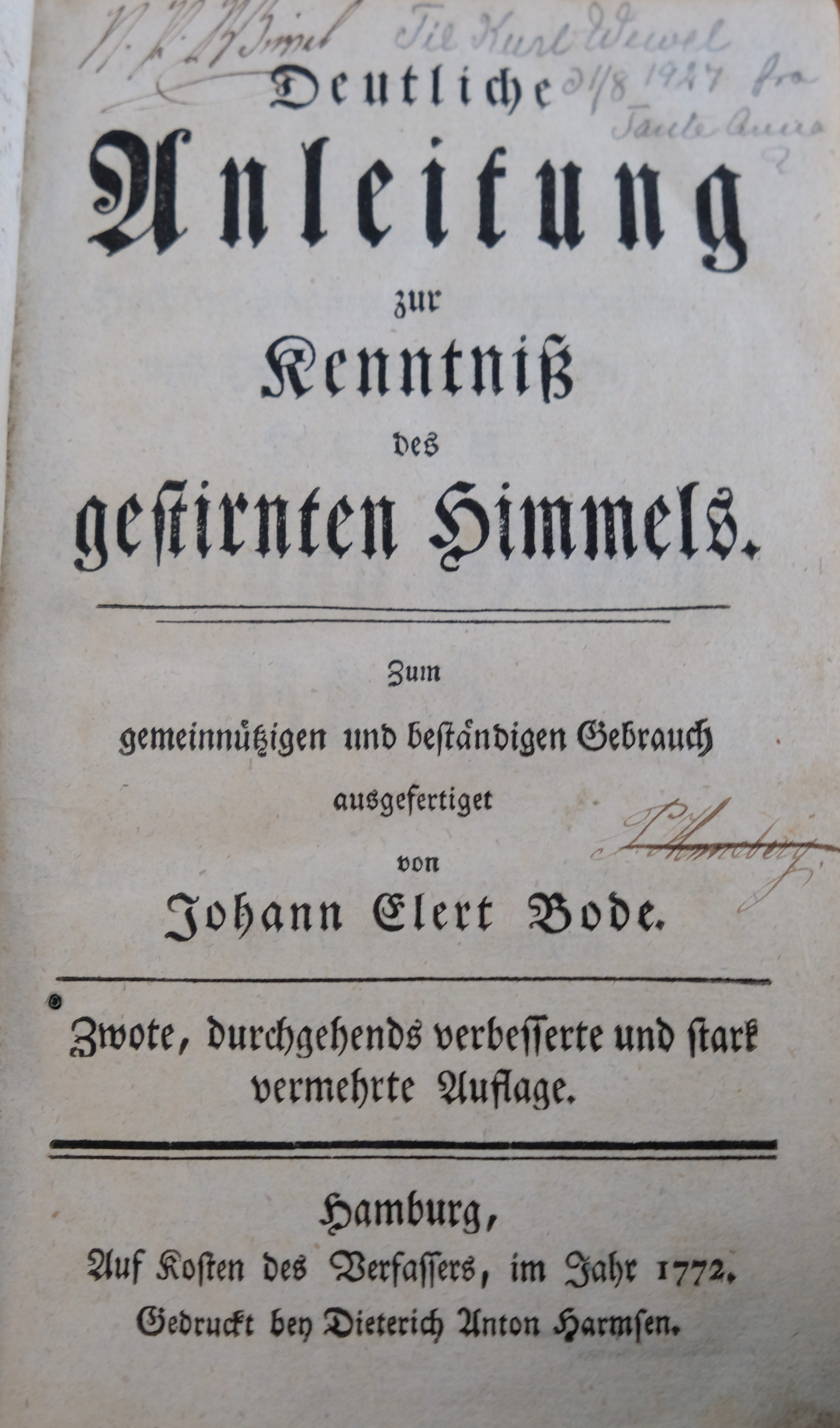|
Cor Caroli
Cor Caroli is a binary star designated Alpha Canum Venaticorum or α Canum Venaticorum. The International Astronomical Union uses the name "Cor Caroli" specifically for the brighter star of the binary. Alpha Canum Venaticorum is the brightest point of light in the northern constellation of Canes Venatici. Nomenclature ''α Canum Venaticorum'', Latinised to ''Alpha Canum Venaticorum'', is the system's Bayer designation. The brighter of the two stars is designated ''α2 Canum Venaticorum'', the fainter ''α1 Canum Venaticorum''. In the western world Alpha Canum Venaticorum had no name until the 17th century, when it was named ''Cor Caroli'', which means "Charles's Heart". There has been some uncertainty whether it was named in honour of King Charles I of England, who was executed in 1649 during the English Civil War, or of his son, Charles II, who restored the English monarchy to the throne in 1660. The name was coined in 1660 by Sir Charles Scarborough, physician to C ... [...More Info...] [...Related Items...] OR: [Wikipedia] [Google] [Baidu] |
Alpha2 Canum Venaticorum Variable
An Alpha2 Canum Venaticorum variable (or α2 CVn variable) is a type of variable star. These stars are chemically peculiar main sequence stars of spectral class B8p to A7p. They have strong magnetic fields and strong silicon, strontium, or chromium spectral lines. Their brightness typically varies by 0.01 to 0.1 magnitudes over the course of 0.5 to 160 days. In addition to their intensities, the intensities and profiles of the spectral lines of α2 CVn variables also vary, as do their magnetic fields. The periods of these variations are all equal and are believed to equal the period of rotation of the star. It is thought that they are caused by an inhomogeneous distribution of metals in the atmospheres of these stars, so that the surface of the star varies in brightness from point to point. The type-star which this class is named after is α² Canum Venaticorum, a star in the binary system of Cor Caroli, which is in the northern constellation of Canes Venatici Canes Ven ... [...More Info...] [...Related Items...] OR: [Wikipedia] [Google] [Baidu] |
J2000
In astronomy, an epoch or reference epoch is a moment in time used as a reference point for some time-varying astronomical quantity. It is useful for the celestial coordinates or orbital elements of a celestial body, as they are subject to perturbations and vary with time. These time-varying astronomical quantities might include, for example, the mean longitude or mean anomaly of a body, the node of its orbit relative to a reference plane, the direction of the apogee or aphelion of its orbit, or the size of the major axis of its orbit. The main use of astronomical quantities specified in this way is to calculate other relevant parameters of motion, in order to predict future positions and velocities. The applied tools of the disciplines of celestial mechanics or its subfield orbital mechanics (for predicting orbital paths and positions for bodies in motion under the gravitational effects of other bodies) can be used to generate an ephemeris, a table of values giving the positions ... [...More Info...] [...Related Items...] OR: [Wikipedia] [Google] [Baidu] |
Johann Elert Bode
Johann Elert Bode (; 19 January 1747 – 23 November 1826) was a German astronomer known for his reformulation and popularisation of the Titius–Bode law. Bode determined the orbit of Uranus and suggested the planet's name. Life and career Bode was born in Hamburg. As a youth, he suffered from a serious eye disease that particularly damaged his right eye; he continued to have trouble with his eyes throughout his life. His early promise in mathematics brought him to the attention of Johann Georg Büsch, who allowed Bode to use his own library for study. He began his career with the publication of a short work on the solar eclipse of 5 August 1766. This was followed by an elementary treatise on astronomy entitled ''Anleitung zur Kenntniss des gestirnten Himmels'' (1768, 10th ed. 1844), the success of which led to his being invited to Berlin by Johann Heinrich Lambert in 1772 for the purpose of computing ephemerides on an improved plan. There he founded, in 1774, the well-kno ... [...More Info...] [...Related Items...] OR: [Wikipedia] [Google] [Baidu] |
Apparent Magnitude
Apparent magnitude () is a measure of the brightness of a star or other astronomical object observed from Earth. An object's apparent magnitude depends on its intrinsic luminosity, its distance from Earth, and any extinction of the object's light caused by interstellar dust along the line of sight to the observer. The word ''magnitude'' in astronomy, unless stated otherwise, usually refers to a celestial object's apparent magnitude. The magnitude scale dates back to the ancient Roman astronomer Claudius Ptolemy, whose star catalog listed stars from 1st magnitude (brightest) to 6th magnitude (dimmest). The modern scale was mathematically defined in a way to closely match this historical system. The scale is reverse logarithmic: the brighter an object is, the lower its magnitude number. A difference of 1.0 in magnitude corresponds to a brightness ratio of \sqrt /math>, or about 2.512. For example, a star of magnitude 2.0 is 2.512 times as bright as a star of magnitude 3.0 ... [...More Info...] [...Related Items...] OR: [Wikipedia] [Google] [Baidu] |
Cor Caroli 2011-03-01
Cor or COR may refer to: People * Cor people, an ethnic group of Vietnam * Cor (given name), including a list of people with the name * Jon Cor (born 1984), a Canadian actor Places * Cor, Templeport, a townland in County Cavan, Ireland * California State Prison, Corcoran, Kings County, California, U.S. * Ingeniero Aeronáutico Ambrosio L.V. Taravella International Airport, Córdoba, Argentina, IATA airport code COR * Corby railway station, UK, station code COR * Corio railway station, Victoria, Australia, station code COR * County Cork, Ireland, Chapman code COR Business and organizations * College of Radiographers (CoR), a charitable subsidiary of the Society of Radiographers * Committee of the Regions (CoR), the European Union's assembly of local and regional representatives * Commonwealth Oil Refineries, an Australian oil company 1920–1952 * Confederation of Regions Party of Canada (CoR), Canadian political party * Contracting Officer's Technical Representative, or Contra ... [...More Info...] [...Related Items...] OR: [Wikipedia] [Google] [Baidu] |
Chinese Star Names
Chinese star names ( Chinese: , ''xīng míng'') are named according to ancient Chinese astronomy and astrology. The sky is divided into star mansions (, ''xīng xiù'', also translated as "lodges") and asterisms (, ''xīng guān''). The system of 283 asterisms under Three Enclosures and Twenty-eight Mansions was established by Chen Zhuo of the Three Kingdoms period, who synthesized ancient constellations and the asterisms created by early astronomers Shi Shen, Gan De and Wuxian. Since the Han and Jin Dynasties, stars have been given reference numbers within their asterisms in a system similar to the Bayer or Flamsteed designations, so that individual stars can be identified. For example, Deneb (α Cyg) is referred to as (''Tiān Jīn Sì'', the Fourth Star of Celestial Ford). In the Qing Dynasty, Chinese knowledge of the sky was improved by the arrival of European star charts. ''Yixiang Kaocheng'', compiled in mid-18th century by then deputy Minister of Rites Ignaz Kö ... [...More Info...] [...Related Items...] OR: [Wikipedia] [Google] [Baidu] |
67 Ursae Majoris
Ursa Major (; also known as the Great Bear) is a constellation in the northern sky, whose associated mythology likely dates back into prehistory. Its Latin name means "greater (or larger) bear," referring to and contrasting it with nearby Ursa Minor, the lesser bear. In antiquity, it was one of the original 48 constellations listed by Ptolemy in the 2nd century AD, drawing on earlier works by Greek, Egyptian, Babylonian, and Assyrian astronomers. Today it is the third largest of the 88 modern constellations. Ursa Major is primarily known from the asterism of its main seven stars, which has been called the "Big Dipper," "the Wagon," "Charles's Wain," or "the Plough," among other names. In particular, the Big Dipper's stellar configuration mimics the shape of the "Little Dipper." Two of its stars, named Dubhe and Merak ( α Ursae Majoris and β Ursae Majoris), can be used as the navigational pointer towards the place of the current northern pole star, Polaris in Ursa Minor ... [...More Info...] [...Related Items...] OR: [Wikipedia] [Google] [Baidu] |
6 Canum Venaticorum
6 Canum Venaticorum is a single star in the northern constellation Canes Venatici, located 246 light years from the Sun. It is visible to the naked eye as a faint yellow-hued star with an apparent visual magnitude of +5.01. The star is moving closer to the Earth with a heliocentric radial velocity of −4.2 km/s. This is an evolved G-type giant star with a stellar classification of G9 III, which means it has exhausted the hydrogen supply at its core and expanded. It is a red clump giant, indicating that it is on the horizontal branch and is generating energy through the helium fusion at its core. Data from the Hipparcos mission provided evidence of microvariability with an amplitude of 0.0056 in magnitude and a frequency of 0.00636 per day, or one cycle every 157 days. 6 Canum Venaticorum is about two billion years old with double the mass of the Sun. It has expanded to 9 times the Sun's radius and is radiating 68 times the Sun's luminosity from i ... [...More Info...] [...Related Items...] OR: [Wikipedia] [Google] [Baidu] |
Beta Canum Venaticorum
Beta Canum Venaticorum (β Canum Venaticorum, abbreviated Beta CVn, β CVn), also named Chara , is a G-type main-sequence star in the northern constellation of Canes Venatici. At an apparent visual magnitude of 4.25, it is the second-brightest star in the constellation. Based upon an annual parallax shift of , this star is distant from the Sun. Along with the brighter star Cor Caroli, the pair form the "southern dog" in this constellation that represents hunting dogs. Nomenclature ''β Canum Venaticorum'' ( Latinised to ''Beta Canum Venaticorum'') is the star's Bayer designation. The traditional name ''Chara'' was originally applied to the "southern dog", but it later became used specifically to refer to Beta Canum Venaticorum. Chara ''(χαρά)'' means 'joy' in Greek. In 2016, the International Astronomical Union organized a Working Group on Star Names (WGSN) to catalog and standardize proper names for stars. The WGSN's first bulletin of July 2016 included a table o ... [...More Info...] [...Related Items...] OR: [Wikipedia] [Google] [Baidu] |
10 Canum Venaticorum
10 Canum Venaticorum is the Flamsteed designation for an ordinary star in the northern constellation of Canes Venatici. It has an apparent visual magnitude of 5.95, which, according to the Bortle scale, can be faintly seen with the naked eye from suburban locations. Based upon an annual parallax shift of , this system is from Sun. It is drifting further away with a radial velocity of +80 km/s. The stellar classification of 10 Canum Venaticorum is G0 V, indicating that it is a G-type main sequence star that is fusing hydrogen into helium at its core to generate energy. The NStars project found a similar class of F9V Fe−0.3, indicating a mild underabundance of iron. It is older than the Sun, with an estimated age of six billion years. The star has around 98% of the Sun's radius and 87% of the solar mass. It rotates about the axis an average of once every 13 days, with a projected rotational velocity along the equator of 8 km/s. The abundance of ... [...More Info...] [...Related Items...] OR: [Wikipedia] [Google] [Baidu] |
Asterism (astronomy)
An asterism is an observed pattern or group of stars in the sky. Asterisms can be any identified pattern or group of stars, and therefore are a more general concept than the formally defined 88 constellations. Constellations are based on asterisms, but unlike asterisms, constellations outline and today completely divide the sky and all its celestial objects into regions around their central asterisms. For example, the asterism known as the Big Dipper comprises the seven brightest stars in the constellation Ursa Major. Another is the asterism of the Southern Cross, within the constellation of Crux. Asterisms range from simple shapes of just a few stars to more complex collections of many stars covering large portions of the sky. The stars themselves may be bright naked-eye objects or fainter, even telescopic, but they are generally all of a similar brightness to each other. The larger brighter asterisms are useful for people who are familiarizing themselves with the night sky. ... [...More Info...] [...Related Items...] OR: [Wikipedia] [Google] [Baidu] |






